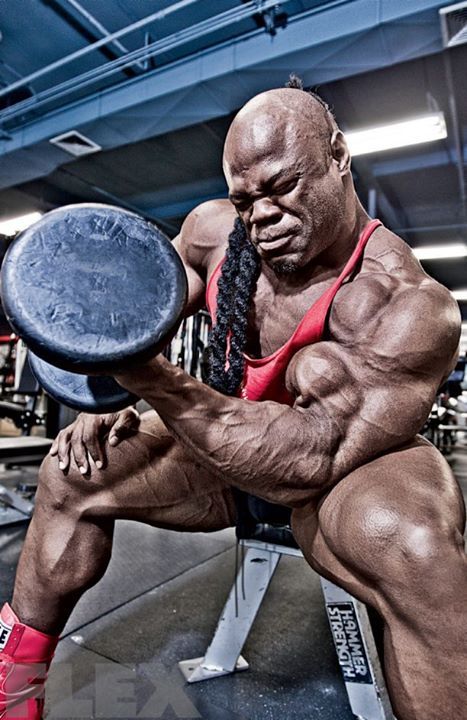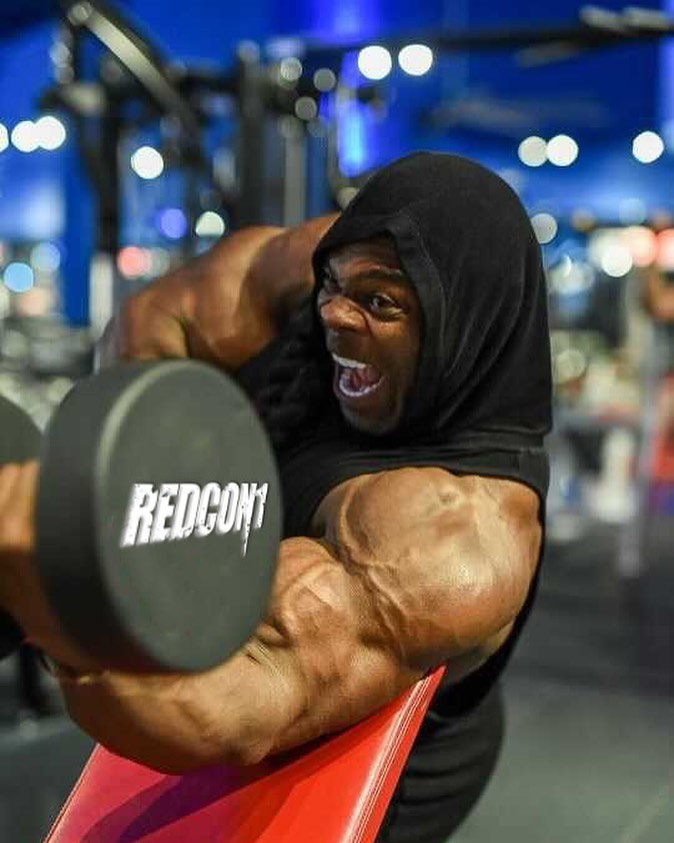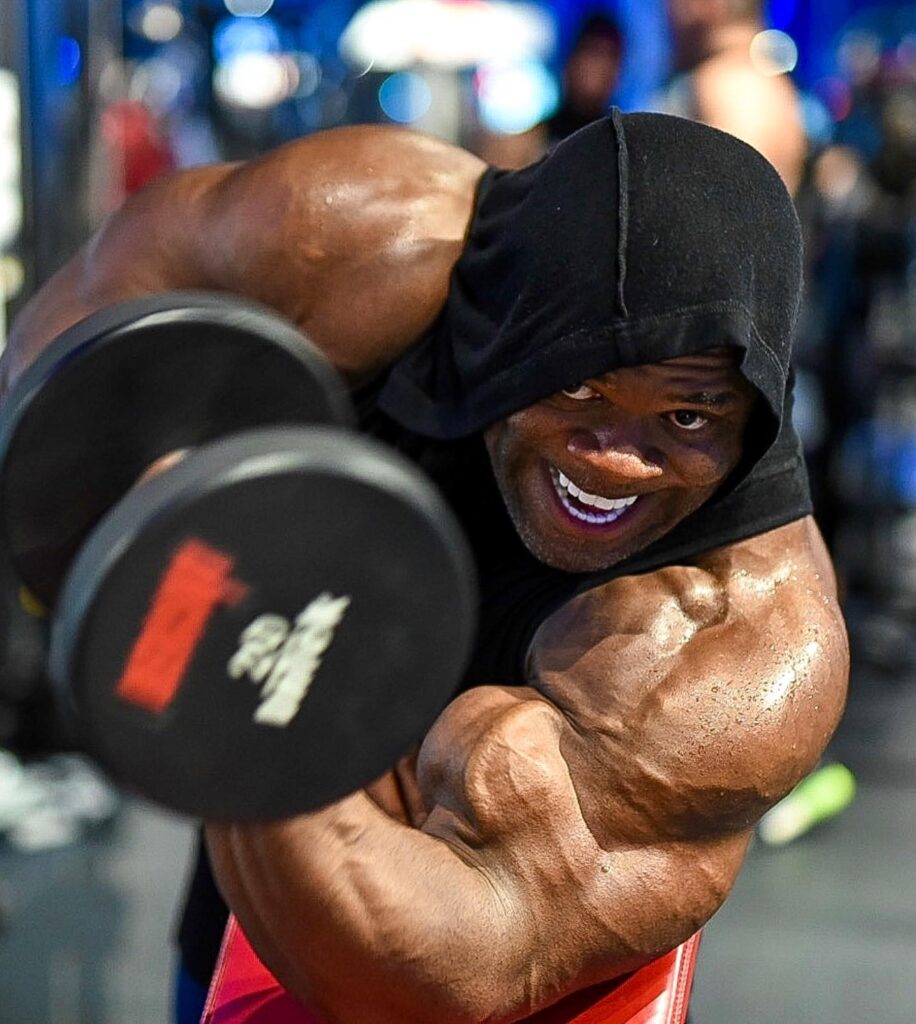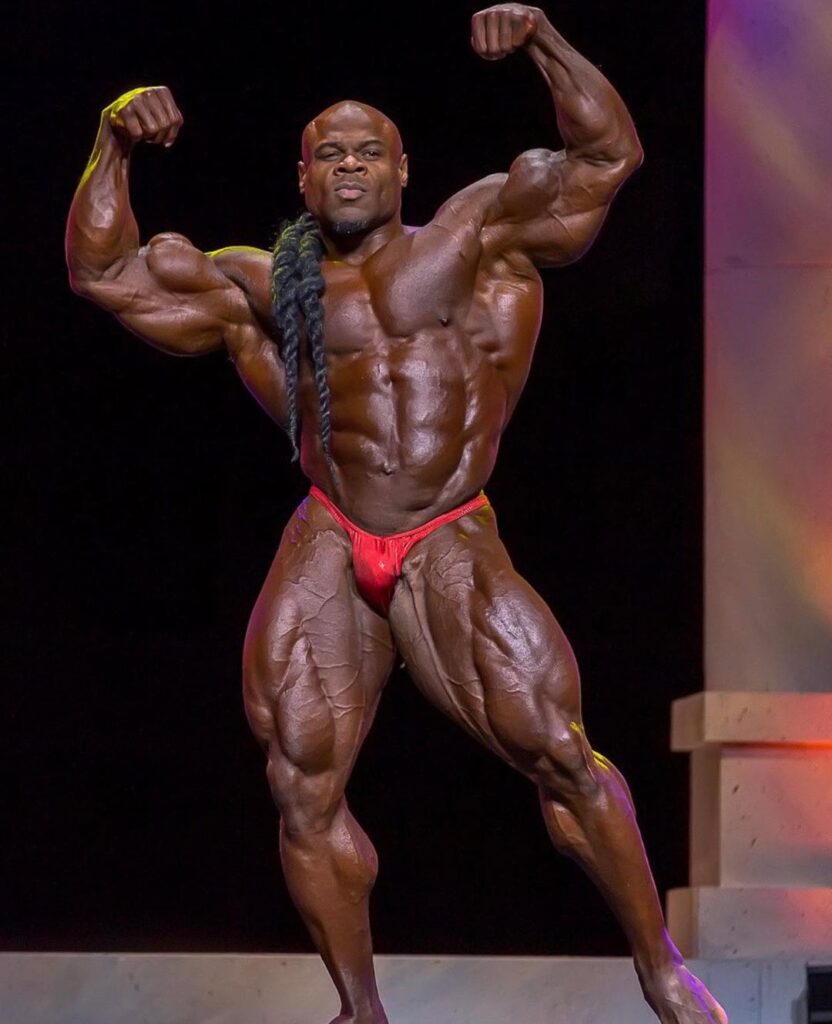When it comes to bodybuilding legends, few names are as recognized as Kai Greene.
Known for his incredible physique and unmatched dedication to the craft, Kai Greene has consistently been a force to be reckoned with on the bodybuilding stage.
While his overall musculature is impressive, his arm development, particularly his forearms, has drawn significant attention over the years.
In this article, we dive deep into Kai Greene’s forearm workout, exploring the techniques and exercises that have helped him build some of the most formidable forearms in the sport.
The Importance of Forearm Training

Before we delve into Kai Greene’s specific workout regimen, it’s essential to understand the significance of forearm training in bodybuilding.
The forearms are not just an accessory muscle group; they play a crucial role in overall arm strength and aesthetics.
Strong forearms contribute to a better grip, which is essential for lifting heavier weights and improving performance in various exercises.
Moreover, well-developed forearms enhance the visual impact of the arms, creating a more balanced and impressive look.
Kai Greene, a multiple Mr. Olympia runner-up, is no stranger to the importance of forearm training.
Over his two-decade-long career, he has uncovered what he believes to be the key to building massive forearms, making them a vital part of his arm mass construction strategy.
Alternate Dumbbell Curls: A Staple in Kai Greene’s Routine

One of the cornerstones of Kai Greene’s arm training is the alternate dumbbell curl.
This exercise is a longtime staple in his routine and is a significant contributor to his impressive forearm development.
Kai Greene often varies the way he performs these curls, sometimes doing them seated or standing and occasionally lifting with both arms simultaneously.
While lifting with both arms may no longer classify the exercise as an “alternate” dumbbell curl, it remains an effective method for those who have a tendency to lean into the working arm and cut their range of motion short.
Kai Greene emphasizes the importance of supination during this exercise, which involves starting the rep with the palms facing in toward the torso and finishing with the palms rotated and facing the ceiling.
“The biceps have two main functions, which are flexion and supination,” Kai Greene explains.
“If you never incorporate that twisting motion, you miss out on the full benefits of the dumbbell curl and what it has to offer.”
For optimal results, Kai Greene prefers working in the 12-15 rep range, as he believes this rep range allows for the stimulation of deep muscle fibers necessary for arm growth.
Preacher Curls: Sparking Deeper Contractions

While barbell curls are a common exercise in Kai Greene’s routine, another favorite of his is the preacher curl.
Kai Greene finds that he can achieve deeper, more meaningful contractions when his arms are supported and immobile.
However, he warns against using improper form, as it can defeat the purpose of the exercise.
“You defeat the purpose of the strict preacher curl if you let your whole body swing like a pendulum from rep one to heave up the weight,” he comments.
That said, Kai Greene acknowledges that there is a time and place for “cheating” form, particularly when extending a set to work the muscle deeper.
“Cheating to extend the set and work the muscle deeper into the ground can be very useful, but all too often, what we see is guys cheating the whole time because they have too much weight on the bar to handle properly,” he notes.
Dumbbell Preacher Curls: Isolation for Maximum Squeeze

When Kai Greene wants to isolate one bicep at a time and focus on a tight squeeze, he opts for either concentration curls or dumbbell preacher curls.
He appreciates the preacher bench for its ability to stabilize the shoulder and enforce stricter form.
“It’s a totally different feeling from preachers with a barbell, much more targeted and intense in the belly of the biceps muscle,” he says.
This exercise is particularly effective for those looking to enhance the peak of their biceps and improve the overall shape and density of the muscle.
By isolating each arm, Kai Greene ensures that both biceps receive equal attention, preventing any imbalances and promoting symmetrical growth.
Hammer Curls: Building the Brachialis
Hammer curls are another crucial component of Kai Greene’s forearm workout.
This exercise is highly effective for developing the brachialis, a muscle that lies beneath the biceps and contributes to overall arm thickness.
When performed correctly, hammer curls also target the short head of the biceps, further enhancing arm size.
However, Kai Greene warns against improper form, which can result in the front delts taking over the movement.
To ensure that the forearms and brachialis are doing the work, Kai Greene uses a variation that closely resembles a concentration curl.
He braces his non-working arm on a bench, leans over slightly, and strictly squeezes the weight up.
“You won’t be using 90-pound dumbbells this way, so don’t even try,” he advises.
Concentration Curls: Focus and Precision

No great arm workout would be complete without concentration curls, and Kai Greene is no exception.
This exercise has been a favorite among champions for decades and for a good reason.
Concentration curls allow for maximum focus and precision, targeting the belly of the biceps muscle.
Kai Greene sometimes performs concentration curls seated, as is most common, but he also likes to go “old school” by doing them standing and bent over, reminiscent of bodybuilding legends like Robby Robinson and Arnold Schwarzenegger.
“Whether or not concentration curls can actually bring out more of a peak or not is debatable,” he says, “but regardless, the movement lets you focus on that midpoint of the rep where you work the belly of the muscle.”
The Importance of Variation and Intensity

Kai Greene’s approach to forearm training, and arms training in general, is characterized by variation and intensity.
He believes that to achieve significant muscle growth, one must continually challenge the muscles with different exercises, angles, and rep ranges.
While he generally prefers the 12-15 rep range for its ability to tap into deep muscle fibers, he also acknowledges the benefits of occasionally going heavier and breaking the rules.
“Rules are made to be broken, and there really are no rules when it comes to training anyway,” Kai Greene says.
This philosophy has allowed him to continually evolve his training methods, keeping his workouts fresh and his muscles growing.
Conclusion: Mastering Forearm Development
Kai Greene’s forearm workout is a testament to his understanding of the human body and his commitment to excellence in bodybuilding.
By incorporating a variety of exercises, focusing on proper form, and maintaining high intensity, Kai Greene has built some of the most impressive forearms in the sport.
For those looking to emulate his success, it’s essential to prioritize form, embrace variation, and push the limits of what your muscles can achieve.
Whether you’re a seasoned bodybuilder or just starting, Kai Greene’s forearm workout offers valuable insights that can help you take your arm training to the next level.
Remember, the key to massive gains lies not just in the exercises you perform but in the intensity and dedication you bring to each workout.
